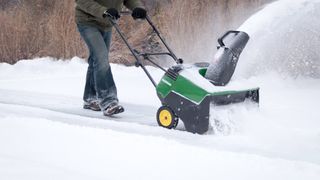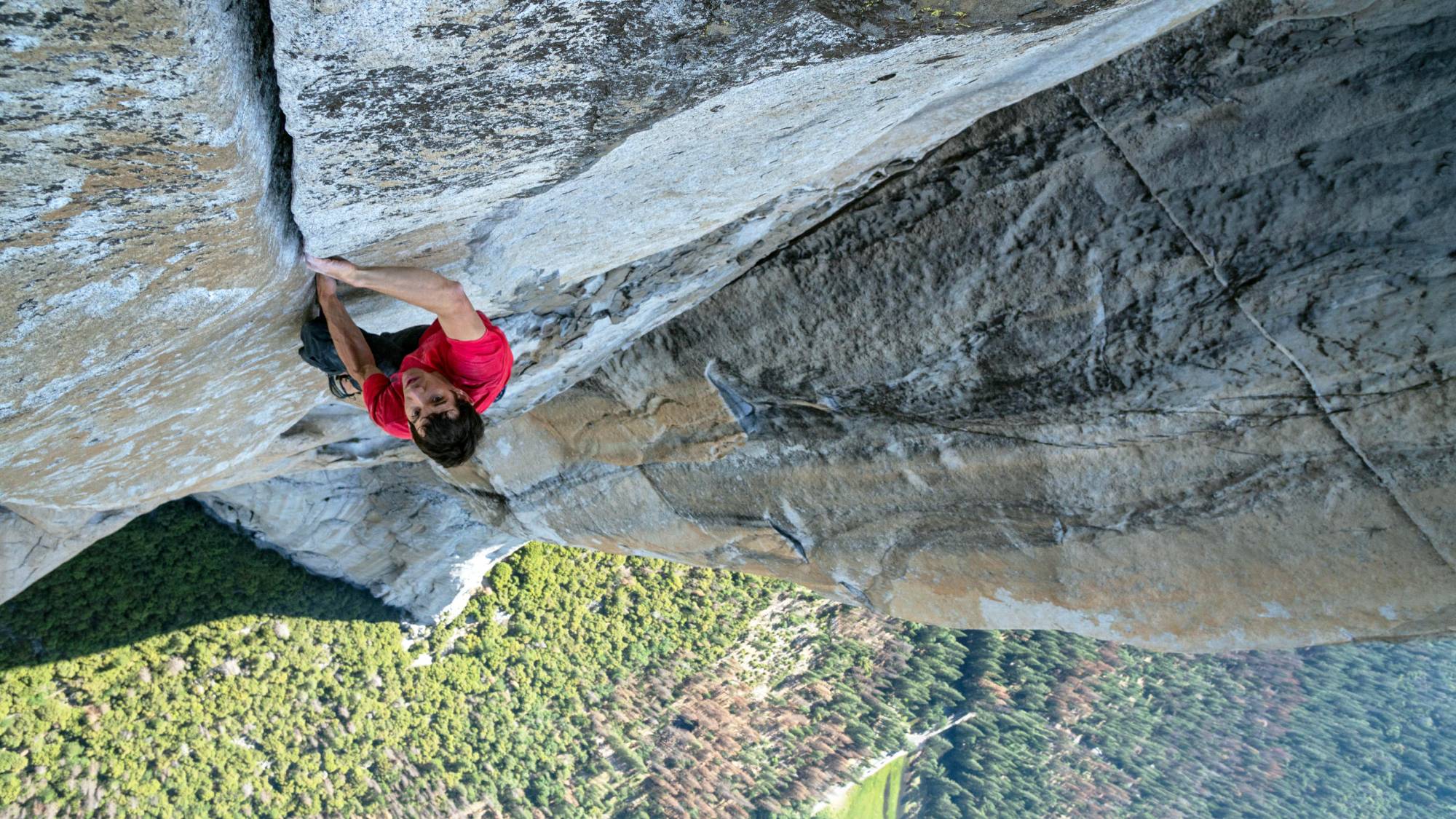Latest about Outdoors
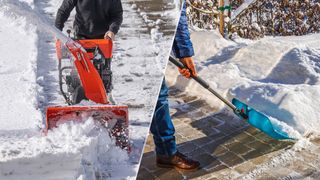
When should you use a snowblower vs a shovel? We ask the experts
By Cynthia Lawrence published
If you want to make light work of clearing snow from your property, experts reveal when to use a snowblower or shovel.
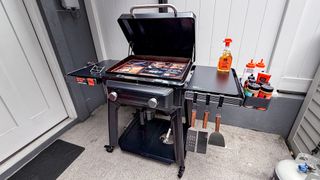
I ditched my grill for a flat-top griddle in 2025 — here's why I'm never going back
By Paul Antill published
From smash burgers to hibachi, the Traeger Flatrock 2 Zone turned my backyard into a mini restaurant and made me want to fire it up every chance I get.

Is it OK to salt my neighbor’s side of the driveway without asking? Experts weigh in
By Cynthia Lawrence published
Can I salt my neighbor’s side of the driveway without asking? Here’s what the experts say.

I'm on a last-ditch effort to save my poinsettia — I asked an expert what to do
By Annie Collyer last updated
The experts have spoken — here's what to do if, like mine, your Poinsettia needs some TLC before Christmas
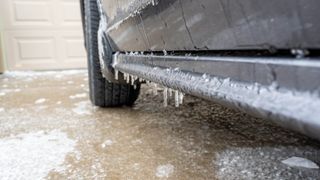
This kitchen staple melts ice on your driveway — and it's better than salt
By Kaycee Hill published
Learn how to use coffee grounds to safely de-ice your driveway.

5 signs you've overwatered your Christmas cactus — and how to fix it
By Kaycee Hill published
Learn the five signs of an overwatered Christmas cactus, how to save it from root rot, and how to water correctly to prevent future problems.

This unexpected ingredient can help de-ice your sidewalk — what you need to know
By Cynthia Lawrence last updated
I’ve just discovered a strange hack for de-icing snow — and it uses this popular healthy juice.

The surprising effects of using too much de-icing salt on your driveway
By Grace Dean last updated
How to keep things effective and eco-friendly
Here at Tom’s Guide our expert editors are committed to bringing you the best news, reviews and guides to help you stay informed and ahead of the curve!

